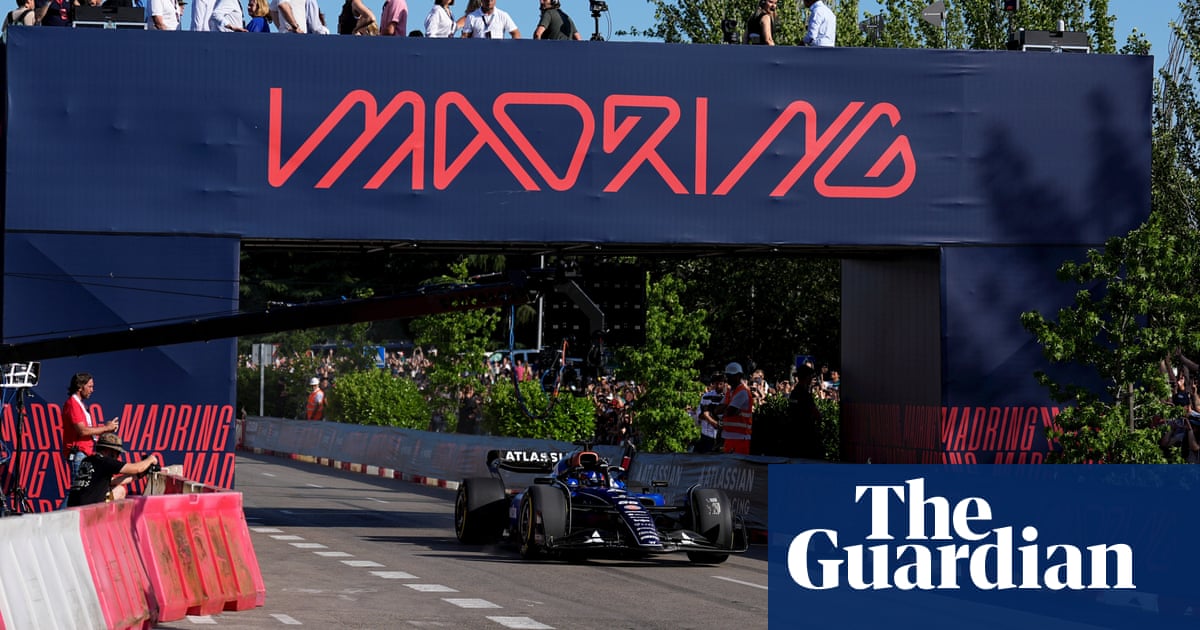The 2026Formula Oneseason will kick off in Melbourne in March and again feature 24 races as Madrid arrives on the calendar.
The Australian Grand Prix gets the new campaign up and running on the weekend of 6-8 March and it will again conclude in Abu Dhabi on 4-6 December. Madrid, which last hosted an F1 race in 1981, enters the schedule on 11-13 September. The new “Madring” circuit, featuring both street and non-street sections, is under construction and will be the only new venue on the calendar in 2026.
It replaces the Emilia Romagna Grand Prix at Imola, which drops off the 24-race list after Max Verstappen’s victory in May. It will also be one of two races in Spain with Barcelona’s Circuit de Catalunya remaining on the agenda for next season – at least – over the weekend of 12-14 June.
These changes come in a year that will see the introduction of new aerodynamics and power unit rules and the arrival of some new names on the grid, including a Cadillac team.
The F1 president, Stefano Domenicali, said: “2026 will be a new era for Formula One where we will witness a brand new set of regulations for our sport, the cars and the engines that will be powered by 100 per cent sustainable fuel. We are excited to welcome Madrid to the calendar and to see huge automotive brands like Audi, Cadillac and Ford join the Formula One grid.
“It promises to be an unforgettable season, where once again we will come together at 24 amazing global venues to watch the best drivers in the world push themselves to the limit and produce incredible wheel-to-wheel racing for our millions of fans watching around the globe.”
Other changes include the Monaco Grand Prix, considered the sport’s most prestigious event, moving from its regular end-of-May slot to 5-7 June. The Canadian Grand Prix also switches from its usual June date to 22-24 May, following Miami in the schedule, as part of the sport’s continued drive to reduce carbon emissions.
Sign up toThe Recap
The best of our sports journalism from the past seven days and a heads-up on the weekend’s action
after newsletter promotion
The Dutch Grand Prix at Zandvoort will take place for the final time on 21-23 August. The four-time world champion Verstappen’s home race returned in 2021, having previously been absent for 35 years. The British Grand Prix at Silverstone – which this year celebrates its 75th anniversary – will take place on 3-5 July.
